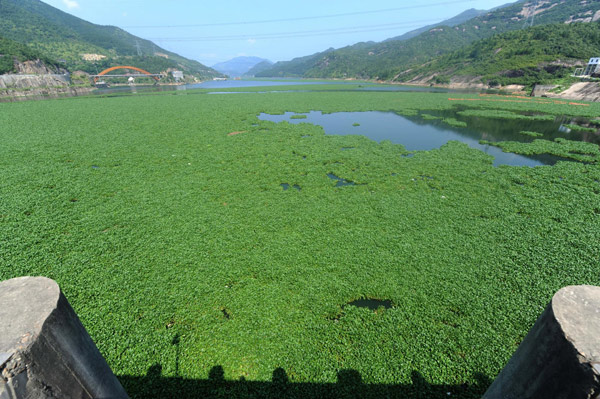Science & Technology
Water Hyacinth Helps Detect Herbicide Pollution
- 24 Dec 2019
- 2 min read
Why in News
Researchers have used invasive plant water hyacinth to produce carbon nanoparticles which can be used for detecting a commonly used herbicide — pretilachlor.
- The nanoparticles were found to be selective and sensitive for the detection of the herbicide.
Key Points
- Carbon Dots:
- The water hyacinth without chlorophyll is powdered and heated at 150-degree Celsius to convert it to carbon dots.
- When a nanoparticle is less than 10 nanometre it is known as a dot or nanodot.
- Working Principle:
- The carbon dots gives a green fluorescence under UltraViolet (UV) light, due to the presence of oxygen functional groups on the surface of the dot.
- The fluorescence intensity of carbon dot increases in the presence of the herbicide.
- The electron transfer between the dot and the herbicide enables the fluorescence enhancement.
- The carbon dot is extremely sensitive to pretilachlor and could detect even very small quantity of it.
- Advantages:
- The detection of herbicides through carbon dots is a commercially viable option compared to the currently available sensors in the market as the raw material i.e. water hyacinth is readily available.
- It will help to convert waste material like the water hyacinth to produce useful technology.
Water Hyacinth
- Water hyacinth is a free-floating aquatic plant native to South America. It is considered as an invasive alien species.
- Single plant of water Hyacinth is capable of duplicating itself every nine days.
- It is also referred to as the terror of Bengal given its effect on the local ecology and lives of the people.
- It has an effect on irrigation, hydroelectric generation and navigation.
- It also leads to a drastic reduction in fish production, aquatic crops and an increase in diseases caused by mosquitoes.




